The identity of the author of this report must remain anonymous. A Turkish court has banned journalists in Turkey from writing about the Roboski massacre. Over 50 Kurdish journalists and editors are in prison in Turkey, accused of associating with a terrorist organization for their reporting on Kurdish issues.
On December 28, 2011, 34 innocent civilians were killed by a Turkish airstrike in southeast Turkey on the mountainous border of Iraq.
They were smuggling gasoline on their mules. A U.S. drone passed the location to the Turkish military whose F-16 planes crossed into Iraqi air space and bombed the civilians for 47 minutes.
The Turkish government said it received bad intelligence. The United States Defense Department said it didn’t make the decision to bomb. This is an example of how a fusion center is used to cover-up accountability for the slaughter of innocent lives.
Turkey was under pressure from the U.S. to “finish off” the outlawed Kurdish PKK guerillas by the time the U.S. withdrew its troops from Iraq. The U.S. was eager to get oil from Kurdistan in northern Iraq. An internal conflict in Turkey will prevent that oil from flowing.
Two weeks after U.S. forces left Iraq, the Roboski massacre happened. News reports said a high-ranking PKK leader was among the group targeted. This was not true, but even if it were true, it could not justify the massacre of civilians as “collateral damage.”
A Turkish government commission called it a mistake, but offered no apology and assigned no responsibility. Victims’ families insist this was a planned attack. They are asking the international community – that’s us – to help them find out who is responsible for this massacre.
Mostly Teenagers were Killed
Of the 34 killed, 21 were teenage boys. Twenty-nine were from the Encu family. Sivan, Bedran, and Orhan Encu were only 12 years old.
Selim Encu had six children whose mother now has no means of support.
Two young brothers were among the victims. They were returning home from their routine job of border trading which the Turkish government calls smuggling. This is the only work, besides Village Guard, available in the small mountain villages of Gülyazı and Roboski (official Turkish name: Ortasu) near the town of Uludere in southeast Turkey. Their saddle bags were filled with sugar, cigarettes, and gas from Iraq. It is a job that their grandfathers’ grandfathers were doing.
If you study the picture below, you will see only about a dozen bodies wrapped in blankets. That is because most people were ripped apart into small pieces from direct missile attacks.
Many bodies were burnt to a crisp and had to be identified by DNA tests. Eight bodies were decapitated. Only two complete bodies were found. Many of the graves hold only body parts, like a hand or leg.
 Eighteen-year-old Nevzat Encu (left) was in his fourth year of high school. This was his first trip. His mother, Nide Encu, points to his body wrapped in a red blanket and explains, “We found only the top of his body. He was cut in half at the chest.”
Eighteen-year-old Nevzat Encu (left) was in his fourth year of high school. This was his first trip. His mother, Nide Encu, points to his body wrapped in a red blanket and explains, “We found only the top of his body. He was cut in half at the chest.”
Isa Encu (below) has 18 family members buried in the cemetery. He explains, “It is not only 34 families who are suffering. All Kurdish people have psychological problems from this.”
The Kurdish Question
 Kurds in eastern Turkey represent over 20% of Turkey’s population of 78 million people. Kurds speak their own Kurdish language. Under Turkey’s policy of assimilation, their Kurdish identity, language, and human rights have been suppressed. Until 2001, it was illegal for Kurds to speak their own language.
Kurds in eastern Turkey represent over 20% of Turkey’s population of 78 million people. Kurds speak their own Kurdish language. Under Turkey’s policy of assimilation, their Kurdish identity, language, and human rights have been suppressed. Until 2001, it was illegal for Kurds to speak their own language.
In 1984, the Kurdistan Workers Party (PKK) began an armed resistance to the Turkish government in their struggle to achieve Kurdish rights. Over 40,000 people, mostly Kurds, have been killed in this conflict.
The leader of the PKK, Abdullah Ocalan, has been imprisoned on Imrali Island south of Istanbul since 1999 after being kidnapped in Kenya and delivered to Turkey by U.S. CIA operatives. In January 2013, the Turkish government and the PKK began peace negotiations with Ocalan, referred to as the “Imrali Process.”
The peace has now lasted for ten month, the longest in 30 years. After months of waiting for the government to fulfill its promises in the peace process, Kurds expressed disappointment in the “democratization package” announced by Prime Minister Erdogan’s AKP party September 30, 2013, because it did not address the anti-terrorism laws under which thousands of Kurds remain imprisoned.
Turkish Commission Calls Roboski a Mistake
One day after the attack, AKP Deputy Chair Hüseyin Çelik said the air strike was an “operational accident”.
The Turkish government commission issued its report in May 2013. No one was held accountable for making the decision to bomb.
Hikmet Encu, father of Nevzat, explained that the commission sent someone to speak to Alihan Ulhan in the military. No one from the government ever went to interview any of the families.
Fifteen hundred dollars was offered to each family, but rejected as “blood money” by all the Roboski families. They want answers and prosecution of the guilty parties.
Border Trading a Daily Business with Drones Overhead
In sharp contradiction to the official version from the government commission, the Roboski families vehemently deny that the bombing strike was a mistake.
One thousand people live in the border town of Roboski. There are only two major sources of income: Village Guard and smuggling. The Turkish government pays local men approximately $450 U.S. dollars per month to report on guerilla activities. According to all families, it was well-known to the soldiers that everyone was smuggling to support their families.
Survivor Servet Encu says “Smuggling is our main activity. We do it to survive. I have six children to feed. We risk our lives for bread and butter.”
On a daily basis, villagers would ride two hours on the public road from Roboski to Iraq where the price of gasoline is half as much as in Turkey. They could always hear the drones circling overhead.
One can drive a jeep all the way to the border which is marked only by meter-high square concrete posts spaced about every 100 meters.
Soldiers would watch through their binoculars from their army base and count how many went to Iraq and returned each day. PKK guerillas would never walk through a village carrying rifles on a public road, knowing the military was watching.
The mother of 18-year-old Cemal Encu who was killed, explained, “Our sons were friends with the soldiers. My son would give some cigarettes or a bag of sugar to the soldiers. The road they used is a village road and everybody in the area knows it is not a guerilla road. The soldiers blocked our way for three hours, so the wounded ones died in the cold. The government did not send any help.”
The mother of victim Hamza Encu bitterly confirms, “It was known by everybody. They were always going and coming back, sometimes during the daytime. It was a job in front of the eyes.”
Mortar Launches Preceded the F-16 Strikes
Prior to the F-16 attacks, the military launched mortar attacks from their tanks on the border, blocking the smugglers from returning home. According to Hikmet Encu who lost his 18-year-old son, Nevzat, “The soldiers and the Village Guards were just waiting for the planes to arrive.”
Villagers could hear the mortar bombs. Ubeyt Encu, the Roboski village elder, lost his 13-year-old son, Mehmet Encu. Ubeyt called the General of the local military police station when he heard the mortar explosions. He said “They are all civilians. They are our children. My son is there. You know they go to Iraq.”
The General said, “We will never hurt them or kill them. We are just trying to scare them.”
Statement by Servet Encu, Roboski Survivor
My name is Servet Encu. Three friends of mine were killed in the attack, and one of our friends was in the intensive care unit in the hospital for 35 days. He lost his hearing.
It was 3 pm when we started out from Roboski village. We were all relatives and villagers from here. When we left the village, we were 3 or 4 people in every group. We rode our horses together. After we started, we called our relatives in Iraq. They brought the things we needed to the border of Iraq, approximately 3 km. At 7pm we started to return home. We were each carrying 130 liters of gas.
We heard the Heron drone up there, but we used the same way to return because we know the way is empty; there is no danger. I didn’t think that such an attack would happen because the area that we used is our nomad place that we use regularly.
The night before we went [Dec 27, 2011], 150 people went and returned from Iraq without any problem. They could have been killed, as well, but they weren’t.
The night that they attacked us, everyone was not ready to return. That’s why only 34 people were killed.
When we came to the border, we called our parents and asked them if there is anything wrong or not. They told us nothing is wrong in the village. Everything is good, but that everywhere has been closed by the army with their tanks and bombs.
They told us “Wait there for 10 or 20 minutes until we find a way for you to come back.”
The friends who left together were not all together yet, so we listened to our families and waited on the Iraq side for half-an-hour until our other friends joined us. I was next to my two friends.
I saw a light in the sky. Of course we didn’t see the jets. When they were 2 km away, we saw them and they attacked us. When I opened my eyes I saw pieces of my friends’ bodies coming down from the sky along with other small pieces of wood and stones.
I saw three other friends next to me. The Turkish border was 20 meters away from us, so I told my friends “Just run over the border to Turkey.”
The other friends were small, 12 years old, and they got confused and ran back toward the Iraq side. I ran to the Turkish side where I saved myself by hiding under the snow.
I stayed 3 hours there. It was so cold that I felt like I would die. I called someone on a walkie-talkie.
A villager heard me and he said, “Oh my God. What happened to you?”
I told him “They killed all of us. Tell the mothers, brothers, and sisters to come to find us. They killed all my friends. I am in that place. Come and find me.”
The military station in the village told the villagers, “We didn’t kill anyone. They went to Iraq. They will return.”
After the military knew that they killed all of us, the station took all the army and ran away from the village. The mothers, fathers, sisters, and brothers started to come to find us after three hours.
After I heard the villagers’ voices coming close to me, I called them, “I am here.” I stood up and went with them about 50 meters back over the border inside Iraq. I went back to the place that they bombed my other friends. I saw that they have all been killed. I didn’t recognize the pieces of my friends, who is belonging to who, between the pieces of stone and wood.
Their bodies were split apart and spread all over. I did not see the bodies of my three friends. They killed all of them. We didn’t know how many people had been killed, how many people had been hit.
It was late at night when our families came. People were falling on pieces of their children’s bodies and clutching them. They were looking around. They could find someone’s shirt, someone’s jacket, or someone’s shoes belonging to their children.
Statement by Ferhat Encu
 I’m Ferhat Encu. I’m 28 years old. I am the big brother of Serhat Encu who was killed. He was 17. I am the spokesperson for the Roboski families.
I’m Ferhat Encu. I’m 28 years old. I am the big brother of Serhat Encu who was killed. He was 17. I am the spokesperson for the Roboski families.
The military said “We know Bahoz Erdal (Fehman Huseyin), one of the military leaders of the PKK, came there.” The military said “We think this group is PKK.”
We don’t believe the military, because if Bahoz Erdal is there, after the military bombed, why didn’t the military go there to see if Bahoz Erdal is there? Is he dead or not? Why didn’t they go there?
Because they know this group is not PKK. They know these are local people. If they believed these people are PKK and they went there, they would find many guns and return with the guns, because PKK have guns.
The Diyarbakir prosecution office investigating the Roboski Massacre confirmed that civilians could be distinguished from the drone recordings. They were not wearing PKK uniforms or carrying guns.
So the government said they are “civilian terrorists.”
This was a message for the Kurdish people.
After 500 days passed, the Roboski families went to the border where the bombing occurred and we placed 34 roses. For this the prosecutor fined 100 people 3000 lire each [$1500US] for crossing the border without a passport to place the roses at the bomb site.
The Roboski commission’s file has been kept secret. After 532 days, the civilian public prosecutor transferred the case to the military prosecutor.
The military did not only massacre people at Roboski; many times they have massacred Kurdish people. We ask the countries around the world to help us achieve our human rights.
F-16 Attack Lasted 47 Minutes in Spite of Pleas from Parents
The Turkish Air Force stated, “As a result of intelligence received from various sources and technical analyses carried out, we decided the group should be fired upon, and the target was hit between 9:27 and 10:24 PM.”
After the first bomb, the smugglers scattered in all directions.
Then the mayor of Uludere called the military general, but couldn’t get through to him because all the cell phones and military wireless phones were closed. Hikmet Encu says, “In the Turkish government, only the mayor is without sin, because he knew what they were doing and he tried to stop them.”
Another Encu cousin explains, “The soldiers said that we take information from the Predator, from Americans, and the Americans said they are PKK terrorists, so we killed them.”
“It took 50 minutes to kill them one by one. From 30 bodies there were 1500 pieces.”
Only three men survived. To further offend the grieving Roboski families, survivors Davut, Servet and Hacı Encü were each fined 3000 lire ($1500 US) for illegal border-crossing.
The United States’ Role in the Roboski Massacre: Ankara “Fusion Center”
As documented by U.S. Embassy Ankara cable 07ANKARA2867, published by Wikileaks, the U.S. entered into an agreement with Turkey, November 5, 2007, to share ISR … Intelligence, Surveillance, and Reconnaissance . . . in support of strikes against the PKK. The U.S. cooperates with Turkey to fly drones over Turkey, share intelligence, target the PKK, and sell attack helicopters, missiles, and drones to Turkey.
Less than one month after this agreement was signed, on December 1, 2007, a U.S. drone located an alleged PKK camp, passed the coordinates to the Turkish military, which then bombed the camp. Within an hour of the strike, Turkish General Buyukanit called the U.S. Ambassador to thank the U.S. for its help.
According to two Turkish helicopter pilots, interviewed in 2011 in southeast Turkey, they received their training from the U.S. Air Force in Atlanta, Georgia. They confirmed that the U.S. flies the drones, and then passes the intelligence to them to fly bombing missions.
According to reports, the drones are flown from Incirlik Air Force base in southeast Turkey near Adana and operated remotely from a Fusion Center in Ankara where American and Turkish military sit at computer screens and share “intel”. [Since April 2013, Roboski residents say the drones have stopped flying overhead, but are occasionally still heard as of September 2013.]
Memorial Service October 15, 2013
On October 15 of this year, the families of Roboski and Gülyazı held a graveside memorial service. Two thousand people came, including BDP parliamentarians. The receiving line of the victims’ families was long. The mothers and widows hugged framed photos of their dead loved ones. One could not help but come away from that gathering with a great rage in one’s heart.
How dare any human being, especially from a foreign country, decide that 34 innocent lives were expendable with the deeply offensive excuse of “collateral damage”. There were no PKK guerillas among the victims. There is compelling evidence that this was a planned attack.
According to Bianet News, on May 25, 2012, Prime Minister Erdogan tried to bury this incident by stating,  “Whoever is still bringing up the Uludere issue is actually related to terrorist organizations.”
“Whoever is still bringing up the Uludere issue is actually related to terrorist organizations.”
But the Roboski Massacre will not go away. The United States is complicit in its role of flying the drone and identifying the target.
The Roboski massacre is a festering wound that only worsens with time. The Kurdish question cannot be resolved until those responsible for the Roboski massacre are identified and punished.
To mark the second anniversary of the massacre, a memorial service will be held in Roboski on December 28, 2013.
At the Heart of the Cover-up: Fusion Centers Offer Deniability
A fusion center, by sharing intelligence between different agencies and countries, offers not only a form of cooperation, but also the ultimate form of deniability or cover-up.
The U.S. flies the drone and passes the coordinates of the target to Turkey. Turkey flies the bombing mission. The U.S. can say we didn’t make the decision to bomb. Turkey can say we got bad intel.
Conversely, one partner can take the blame to deflect accountability by the other as in 2009 and 2011 when Yemen took the blame for U.S. drone attacks that killed dozens of innocent civilians. The Yemen government blamed it on “faulty intelligence.” President Saleh informed Centcom’s General Petraeus.
“We’ll say the bombs are ours, not yours.”
The day after the Roboski massacre, Prime Minister Erdogan blamed the attack on “bad intel”. But where did the bad intel come from, if not from the U.S. who flew the drone?
On May 16, 2012, the Wall Street Journal stated that the U.S. flew a Predator drone before the Roboski massacre, passed the intel to the Turkish military, and then flew the drone away at the request of the Turkish military to clear the airspace.
Turkey was at the time pressing the U.S. to sell it armed Reaper drones and AH-1W Super Cobra attack helicopters. The sales require Congressional approval, so Turkey was eager not to involve the U.S. in the Roboski massacre.
On May 18, 2012, the Turkish government released a statement to deflect U.S. involvement, stating that it, too, had flown a surveillance drone prior to the F-16 attacks.
The WSJ published a second article standing by its original story, stating its news source was an official from the U.S. Secretary of Defense.
On May 23, 2012, Interior Minister İdris Naim Şahin said the air strike order was given by Turkish Air Force generals in Ankara. No names were offered.
Motivation: It Was Always about Oil:
In order to understand the Roboski massacre, one must analyze it within a broader geopolitical framework. What was the motivation?
In 2003, the U.S. invaded Iraq under the false pretense of destroying weapons of mass destruction. The U.S. enjoyed great support from the Kurds living in northern Iraq, because Saddam Hussein had dropped poison gas on them in Halabja in 1988, killing 5000 Kurds in one day. In return for Kurdish support, the U.S. established a no-fly zone over Kurdistan (KRG) in northern Iraq and gave it autonomy from Baghdad.
The U.S. coveted the oil located in Erbil and Kirkuk in Kurdistan, northern Iraq. In order to get the oil, two conflicts had to end: the Iraq war and the conflict between the Turkish military and the PKK Kurdish militants in southeastern Turkey.
The U.S. withdrew its forces from Iraq, December 14, 2011. The PKK conflict had to be finished once and for all so that the oil could be extracted from Iraq to Turkey without the threat from an internal conflict with Turkey’s Kurds. Peace was needed in southeast Turkey, on the border of Iraq. Maintaining the territorial borders of Turkey was of paramount importance. The Kurds in eastern Turkey could not become part of Kurdistan in Iraq. The Kurds in Turkey had to be physically divided from the autonomous Kurds in Iraq.
The Roboski massacre sent the signal that the Qandil Mountains between Iraq and Turkey, headquarters to the PKK, should be closed.
By 2013, over 50 contracts were signed between Kurdistan (KRG), Iraq and foreign oil companies, including US-based Chevron, Exxon, and Marathon. It took a decade, over 100,000 Iraqi deaths, and the destruction of Iraq, but finally the coveted oil will begin to flow from Iraq to Turkey by the end of 2013, by-passing Baghdad metering and taxation.
Geopolitics Timeline: U.S. Involvement in Roboski
Thanks to whistleblower Pfc. Bradley Manning, the relationship between the United States and Turkey in their war against the PKK was exposed through U.S. Embassy Ankara cables sent to the Secretary of Defense in Washington and published by Wikileaks in 2010.
2003 – The United States invades Iraq. U.S. policy supports a semi-autonomous state of Kurdistan (KRG) in northern Iraq and enforces a no-fly zone over it. Oil-rich centers of Erbil and Kirkuk are located in Kurdistan, Iraq.
Dec 7, 2007 – Embassy cable 07ANKARA2917, confirms “United States works together with Turkey to implement the [US] President’s directive for effective action against PKK terror”. This agreement was reconfirmed Feb 17, 2010, in embassy cable 10ANKARA267 which stated General Basbug “cited the USG’s November 2007 decision to provide targeting support intelligence as a turning point.”
Oct 13, 2009 – Embassy cable 09ANKARA1472 included Ankara’s request for the U.S. to engage in “kinetic action,” i.e., U.S. strikes against the PKK due to pressure to “finish off” the PKK. Turkey also requested the U.S. sell it armed MQ-9/Reaper drones which Congress has refused to approve.
Apr 2013 – In July 2013, a mechanic in Siirt, Turkey, stated that he had repaired the Sikorski and Cobra helicopters, based at Incirlik Air Force base, for the Americans and Canadians. His contract work ended in April 2013 when the Kurdish peace process began. Were the Americans and Canadians flying attack helicopters in southeast Turkey as well as drones, or were they simply the owners of the helicopters?
Feb 6, 2010 – As revealed in U.S. Embassy cable 10ANKARA251:
- Turkey asked for increased drone coverage and assistance in eliminating the PKK leadership.
- Turkey’s General Basbug stated that Turkey would need to “finish the problem” with the PKK before the U.S. drawdown from Iraq was complete.
- The U.S. urged Turkey to buy Raytheon PAC-3 Patriot missile systems in return for them being manufactured in Turkey. Turkey could sell them to Gulf States for hundreds of millions of dollars.
- The Secretary of Defense emphasized that Turkey’s dialogue with KRG, the autonomous state of Kurdistan in northern Iraq, was very important.
Dec 15, 2011 – The day after officially withdrawing U.S. troops from Iraq, U.S. Defense Secretary Panetta held meetings in Ankara to sign a $111 million deal for the U.S. to sell attack helicopters to Turkey and move its drones from Iraq to Turkey to help Turkey destroy the PKK.
Dec 28, 2011 – Only two weeks after the U.S. signed the deal with Turkey, the Roboski Massacre occurred.
May 2012 – In exchange for the US-Turkey drone deal, Turkey allowed NATO to establish its radar base with Patriot missiles near Malatya, Turkey. It is staffed mostly by American military.
Sep 23, 2012 – The U.S. delivered an AH-1W Cobra helicopter to Turkey.
Nov 2012 – Congress approved the sale, after the fact, of the Cobra helicopter to Turkey, demonstrating a flagrant Pentagon disregard for obtaining Congressional approval.
Dec 14, 2012 – Exactly one year after withdrawing U.S. troops from Iraq, Defense Secretary Panetta met again in Ankara to announce the U.S. would deploy Patriot missiles to the border of Turkey and Syria with the intention of creating a buffer zone between the countries. The deployment of Patriot missiles effectively divided Turkish Kurds from Syrian Kurds, who are fighting both Assad forces and the FSA rebels (backed by Turkey and the United States).
Jan 2013 – Turkey enters into peace negotiations with imprisoned PKK Kurdish leader Abdullah Ocalan.
Mar 21, 2013 – The PKK and Turkish government begin a cease-fire.
By mid-2013, Kurdistan in northern Iraq, had signed over 50 contracts with foreign countries and corporations, including US-based Exxon, Chevron, and Marathon for its oil, bypassing the central government in Baghdad. Baghdad has threatened legal action against Turkey if it takes one drop of oil from the pipeline between Kurdistan, Iraq and Turkey. It is scheduled to come on line in late 2013.
References:
http://www.flickr.com/photos/108837515@N04/sets/72157637708051096/
Roboski Massacre Dec 28 2011 photos to accompany this report
http://www.flickr.com/photos/108837515@N04/sets/72157637707875655/
Individual photos of the 34 Roboski massacre victims along with birthdates and names
http://www.youtube.com/watch?v=SWMVP8KdFH8
Powerful video: gathering the bodies after the attack
http://www.youtube.com/watch?v=qtsYsYng0ug&feature=fvwp
Families mourning after the event; burying dead
http://www.youtube.com/watch?v=mCEScNJOEk4
Kurdish parliamentarian Gulten Kisanak – fiery speech to Parliament on the massacre
http://www.youtube.com/watch?v=Hyn_p3JtkD8
Turkish Airstrikes Leave 34 Dead
http://bianet.org/english/human-rights/143200-timeline-what-happened-in-roboski
Timeline: What Happened in Roboski
http://www.youtube.com/watch?v=Ox1dMOzDdOE
Roboski survivor quotes and drone recording; statistics of arrests of political activists in Turkey at end
http://www.youtube.com/watch?v=qtsYsYng0ug&feature=fvwp
The border between Iraq and Turkey
http://www.youtube.com/watch?v=MdDbWQNERME
Names of dead
http://roboskiicinadalet.wordpress.com/english/
Human rights commission report and interviews immediately following the attack
BDP’s Opposition Comment against Uludere Sub-commission Report
http://www.ekurd.net/mismas/articles/misc2012/5/turkey3931.htm
US Defense: “No comment about intelligence in Roboski massacre”, Turkey denies report on U.S. help
Copyright © 2013 Kurdistantribune.com
.jpg)







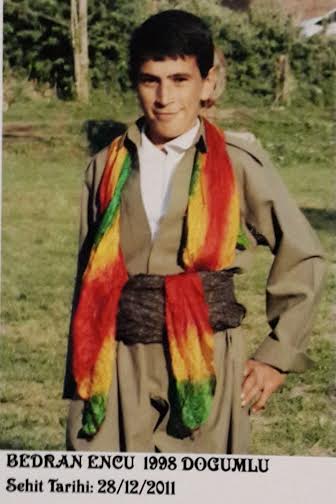

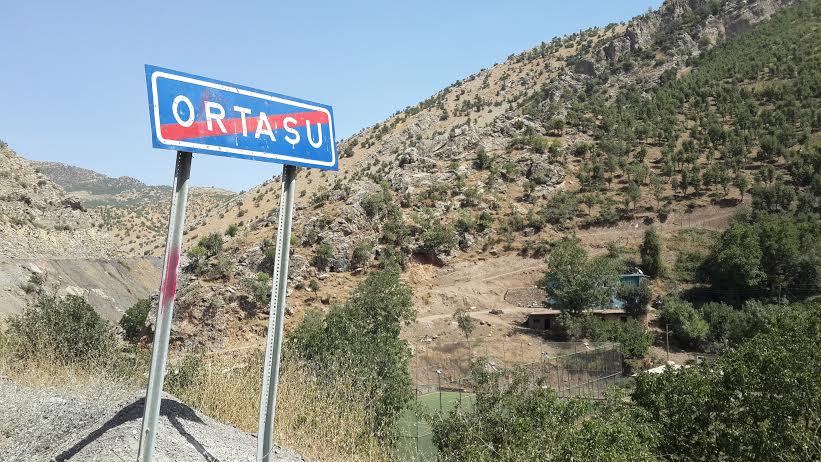
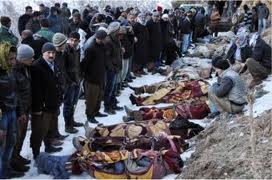

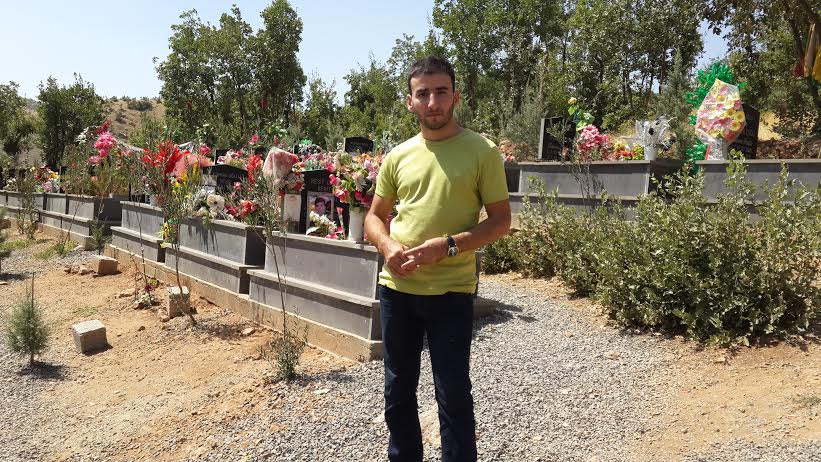




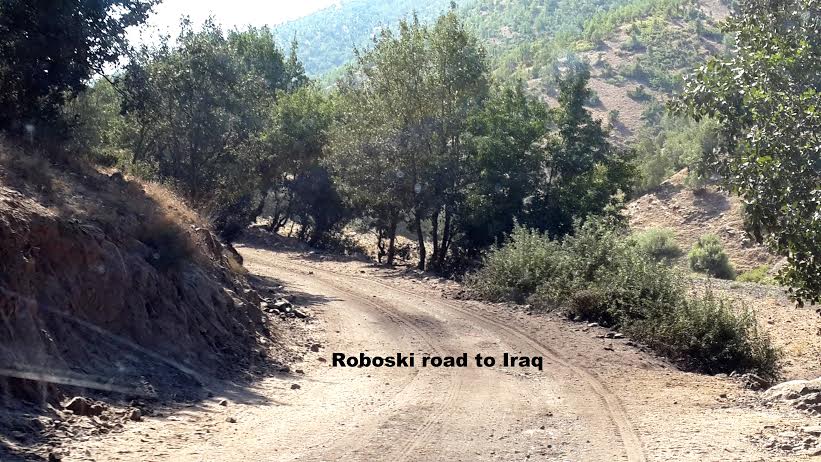
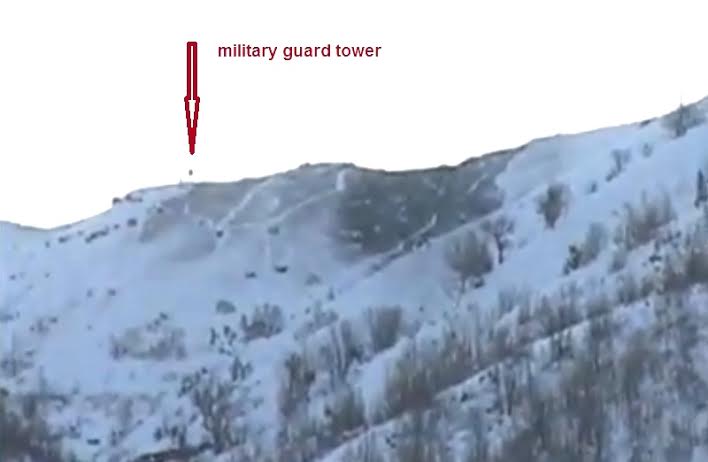
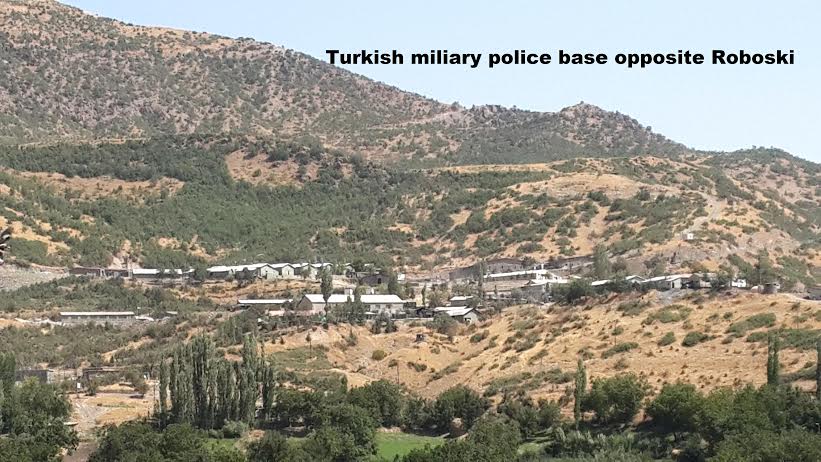


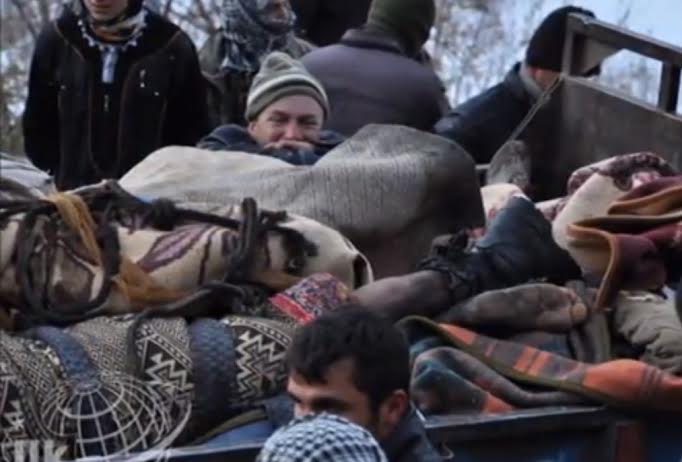
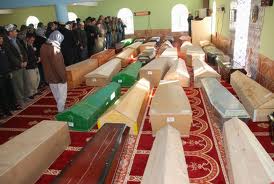

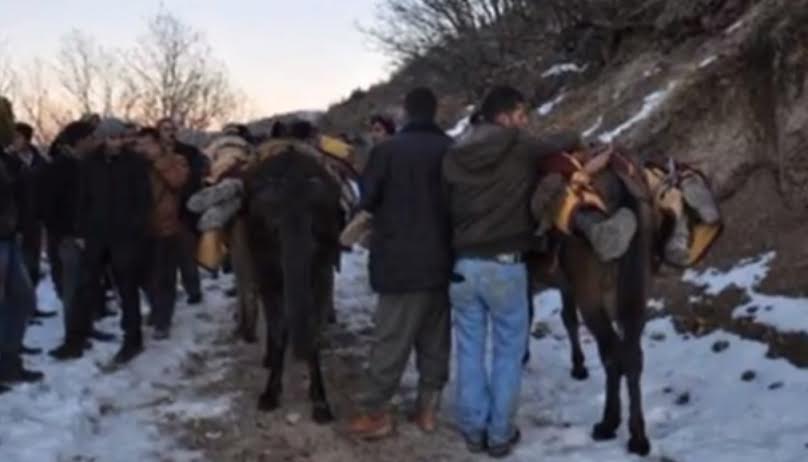
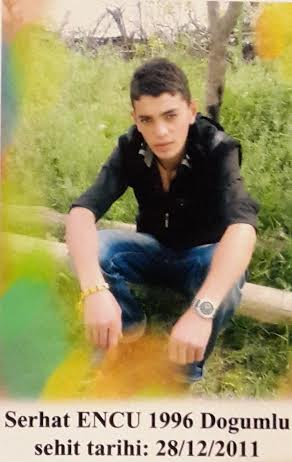
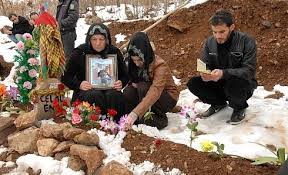
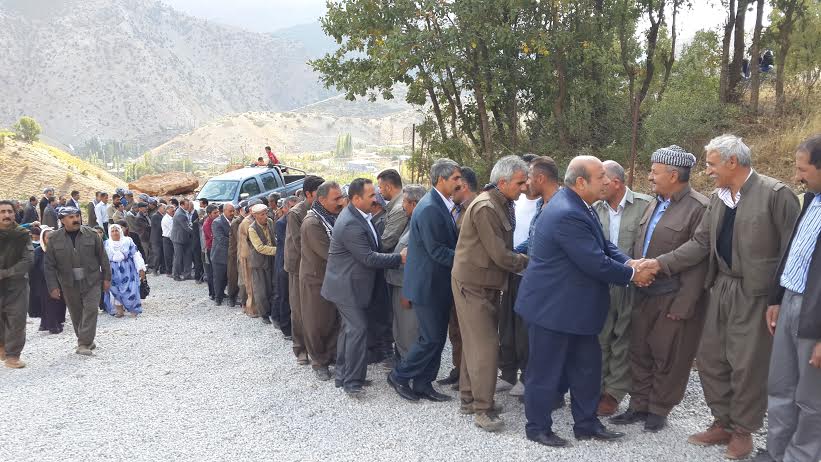
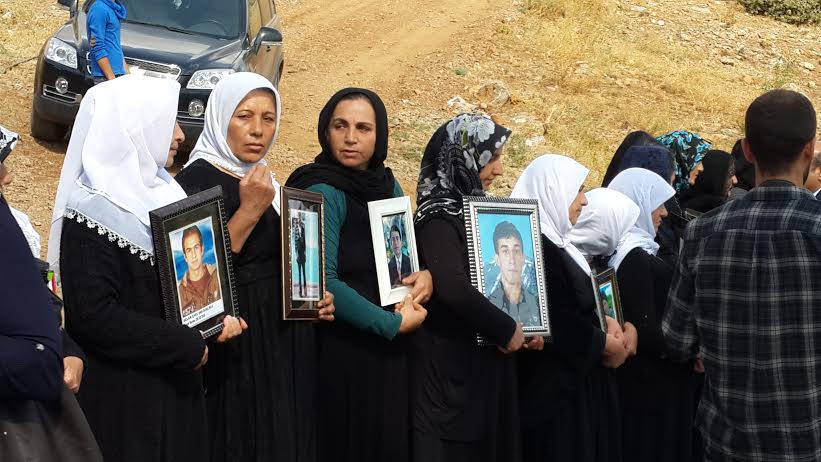
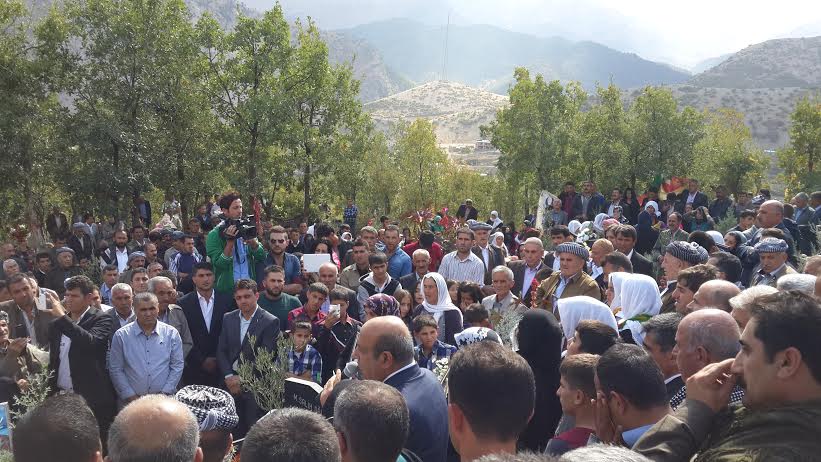


[…] see also http://kurdistantribune.com/2013/turkeys-kurds-demand-answers-on-roboski-massacre-as-part-of-kurdish… […]
[…] Encu is the spokesman for the Roboski family survivors of the infamousRoboski massacre on Dec. 28, 2011. The U.S. flew the drone and then passed the location to Turkey which flew two […]